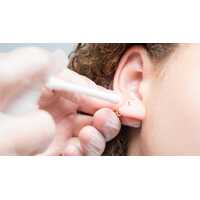 Pierceoff News
Pierceoff News
How to Treat an Infected Piercing: A Guide by Experts!
Many of us will know the excitement of having a new body piercing, and the worry when it starts to show signs of infection! Around 10-30%...

FREE SHIPPING (when you spend over $50)*

Experts in Body Jewellery & Piercing

Excellent Trust Pilot Rating

Once you go beyond the traditional ear lobe piercing an array of different ear piercings exist. One of these is Helix piercings which are an extremely popular choice (it is often people’s second ear piercing after the ear lobe). So here is everything you wanted to know about Helix piercings, from healing times to jewellery choices and some photos for inspiration!
Helix piercings are located in the upper ear cartilage and are sometimes referred to as cartilage piercings. Traditionally, it is located at the rear of the ear on the outer section of cartilage, though a forward Helix is one variation located at the front of the ear. We then go into double and triple helix which are multiple helix piercings.
 |
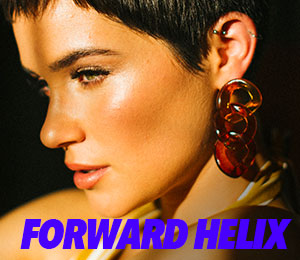 |
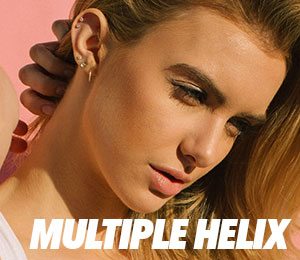 |
Pain is relative so it is hard to say how much one piercing will hurt for one individual as opposed to another. Having said that, Helix piercings are thru a thick section of cartilage which requires a little more force, say compared to a lobe piercing. Basically, expect something worse than your lobe piercings but not extremely painful. The piercing will be quick and you will have your amazing new Helix piercing!
Never get your Helix (or any other piercing) done with a piercing gun and always go to a professional piercer.
The two main types of body jewellery for helix piercings are studs or rings and there are many variations and styles within each of these categories!
BME Wikipedia Helix Piercing https://wiki.bme.com/index.php?title=Helix_Piercing retrieved 26th September 2022
Wikipedia Helix Piercing https://en.wikipedia.org/wiki/Helix_piercing retrieved 26th September 2022
Photo by kyle smith on Unsplash
Photo by Brenner Oliveira from Pexels
Photo by Rachel Claire from Pexels
Photo by Jayson Hinrichsen from Pexels
Photo by Scott Spedding from Pexels
 Pierceoff News
Pierceoff News
Many of us will know the excitement of having a new body piercing, and the worry when it starts to show signs of infection! Around 10-30%...
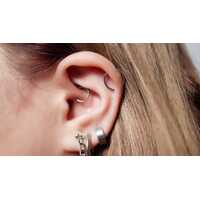 Pierceoff News
Pierceoff News
It should come as no surprise that getting pierced can hurt - after all, you’re making a hole in your body! But not all piercings are cr...
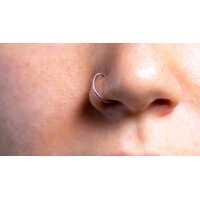 Pierceoff News
Pierceoff News
Nose piercings are notorious for taking a while to fully heal – in fact, most experts say it takes up to 6 months. During this time, itchine...
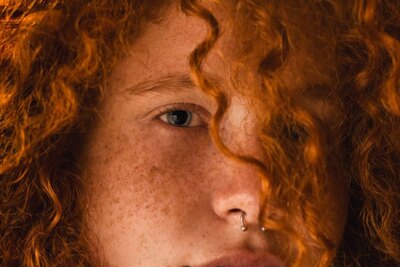 Pierceoff News
Pierceoff News
Nothing kills the excitement of having a new piercing faster than seeing signs of an infection. More than just being painful, an infected pi...